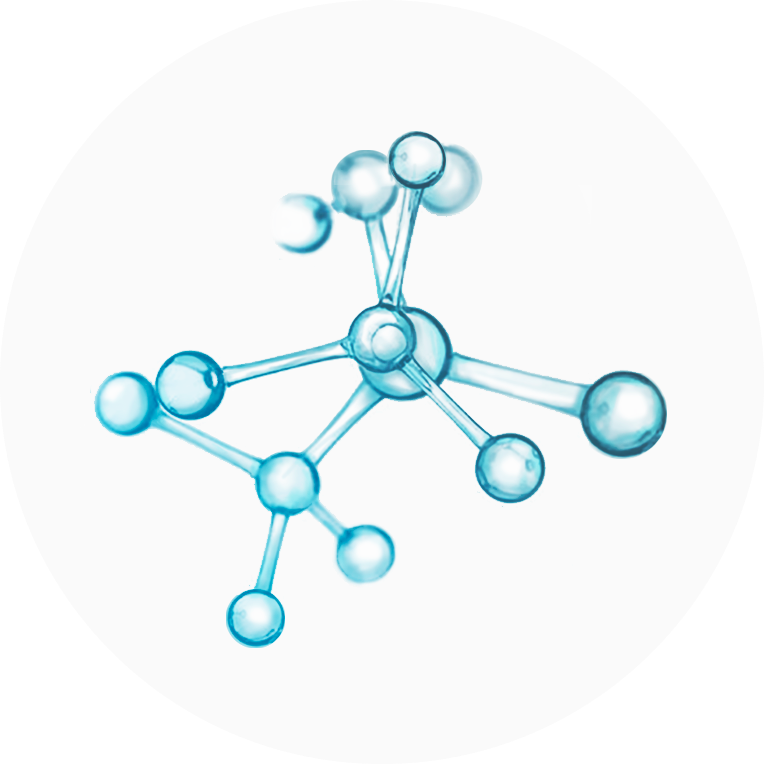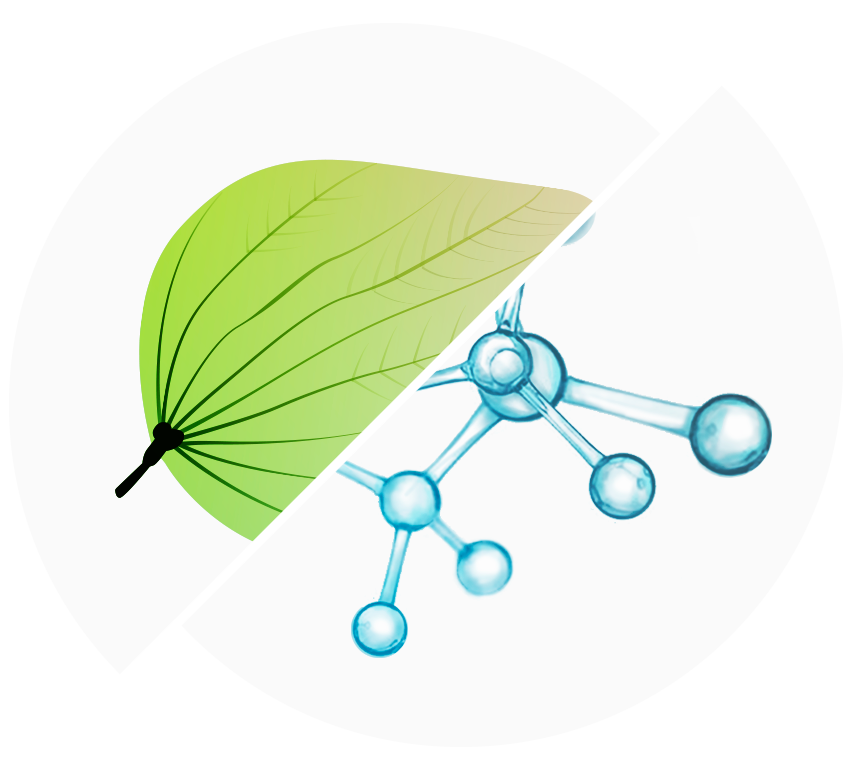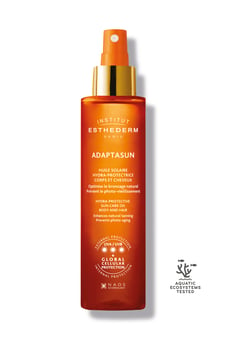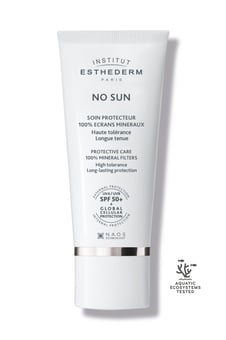Adaptasun Huile solaire hydra-protectrice Corps et Cheveux - Soleil modéré
INSTITUT ESTHEDERM
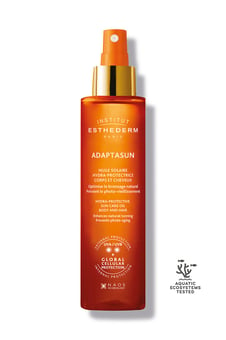
Adaptasun Huile solaire hydra-protectrice Corps et Cheveux - Soleil modéré
INSTITUT ESTHEDERM
Institut Esthederm Adaptasun Huile solaire hydra-protectrice Corps et Cheveux - Soleil modéré
Suncare Body, Hair and scalp
